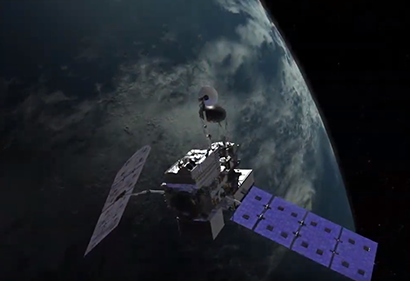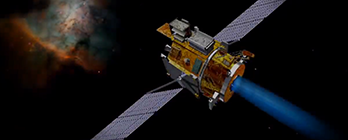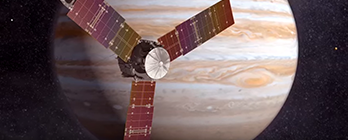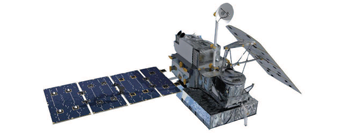NASA IV&V
NASA Relies on Wind River Simulation Technology for Long-Term Cost Savings
GO-SIM project provides every developer, tester, and system engineer with a high-fidelity, fully operational spacecraft simulator
By using Wind River Simics, 80–90% of the simulation models can be reused for other missions, representing tremendous cost savings for NASA.
THE OBJECTIVE
In 2010, the NASA Independent Verification and Validation (IV&V) Independent Test Capability (ITC) team developed a software-only simulator for the Global Precipitation Measurement (GPM) Operational Simulator (GO-SIM) project. GO-SIM was designed as a high-fidelity simulator with no hardware dependencies. Its functions included loading and running unmodified flight software binaries, executing flight scripts, performing single-step debugging, injecting errors via the ground system, stressing the system under test, and validating findings from other analyses. Because of the cost of supporting and maintaining the hardware, traditional hardware-based testing and verification was impractical.
HOW WIND RIVER HELPED
By simulating a BAE RAD750 processor, Wind River® Simics® enabled target software to run on a virtual platform in the same way it runs on physical hardware. Add to that Simics’ capabilities of scripting, debugging, inspection, and fault injection, and users like the IV&V team can define, develop, and integrate their systems without the constraints of physical target hardware. By verifying expected software behaviors, IV&V increased its confidence that flight software would work as expected and properly handle adverse conditions. By incorporating science instrument simulators, IV&V reduced risk for instrument-spacecraft interfaces and ensured internationally cooperative systems.
THE RESULTS
NASA IV&V successfully met its goals to develop a complete simulator with no hardware dependencies in a reduced time frame and at lower cost than if it had been developed using traditional hardware simulations. Simics enabled NASA IV&V to enhance quality in two ways: The ITC team could be confident in its ability to verify issues and, during development, the software simulations enabled the team to find bugs early and fix them before they advanced to the next phase. By using Simics, NASA IV&V enabled 80–90% of the simulation models to be reused for other missions, such as the James Webb Space Telescope.



